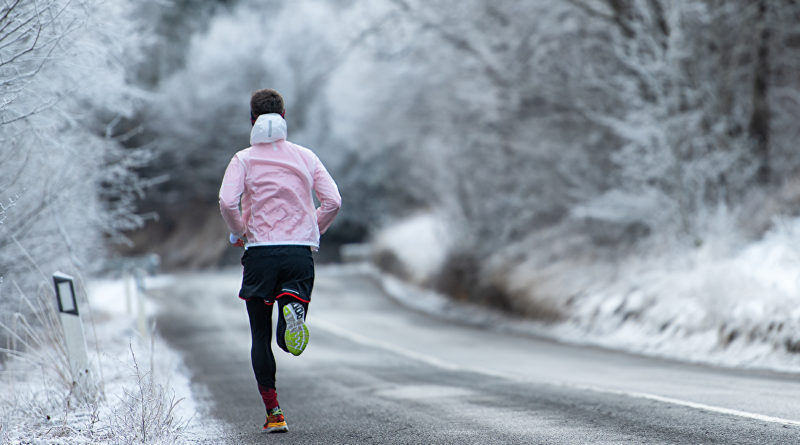9 Tips For Exercising Outdoors in the Winter
1,697 total views, 1 views today
It can be easy to accidentally get into hibernation mode during the winter months. In fact, one survey found that approximately 44 percent of people admitted to stopping their fitness routines during the winter. Although it does take some effort to stay active when it’s cold out, you can still make it happen – below, find nine tips for exercising outdoors in the winter.
1. Check the weather
In the winter, checking the weather and wind chill before working out is essential when you’re exercising outdoors. By checking the weather, you can gauge how many layers you need to wear. After dressing accordingly, you won’t have to worry about wearing additional and unnecessary layers or gear that can weigh you down or overheat you while you work out.
2. Know the signs of frostbite and hypothermia
While being active outdoors in the winter, you can get frostbite if your skin freezes. Frostbite symptoms include numbness, skin discoloration, hard skin, and clumsiness.
Additionally, if you don’t keep your body warm enough, you can get hypothermia if your body temperature falls below 95 degrees Fahrenheit (35 degrees Celsius). Hypothermia symptoms include clumsiness, confusion, slurred speech, shivering, and cold extremities. Knowing all these symptoms can help you realize when you need to stop exercising and find warmth.
3. Dress smart with insulated winter activewear
When you’re exercising outdoors in the winter, you can wear insulated winter activewear to help you stay warm while avoiding frostbite and hypothermia. Water-resistant, insulated activewear will help you retain your body heat, as damp clothes can make your temperature drop significantly in cold weather. To prevent this undesirable temperature drop, wear water-resistant synthetic fibers such as nylon, polyester, and polypropylene.
Another smart winter outdoor workout tip: Wear bright colors and reflective materials. Wintertime overcast weather, rain, and snow can cause poor visibility for others while you’re exercising outdoors – and nobody wants to get hit by a car on their jog.
4. Keep your extremities warm
Don’t keep just your core warm – your extremities can be just as vulnerable to frostbite while you’re exercising outdoors. To protect your ears, nose, eyes, fingers, and toes from the cold, you can wear protective gear such as a scarf, winter gloves, and earmuffs.
5. Do warmups or a pre-workout stretch
It’s a good idea to warm up your muscles before you get active, as doing so makes your winter fitness routine easier. Try starting with a low-intensity activity such as walking or jogging to slowly get your blood flowing through your body. You can also do a simple, dynamic warmup routine to get some more blood flowing to keep you warm.
6. Inhale and exhale properly
Cold and dry air can cause your body to expel moisture faster. To humidify the air you’re taking in, inhale through your nose as much as possible. If you can’t breathe through your nose, wear a scarf around your mouth to trap water vapor and keep the air as moist as possible.
7. Stay hydrated
Even in the cold of winter, it’s critical to stay hydrated while exercising outdoors. Drink water before, during, and after your workout. Even when you’re not thirsty, hydration is key.
8. Discard layers when you heat up
While you’re exercising outside, you can avoid sweating and getting your clothes wet by removing layers. Any extra layers that are causing you to overheat can be detrimental to your workout and possibly your health.
9. Cooldown stretches
At the end of a satisfying winter workout routine, do some cooldown stretches to lower your chances of injuries. They’re also a great way to promote blood flow and relieve stress.
How do you exercise outdoors in the winter? Share your tips in the comments!

